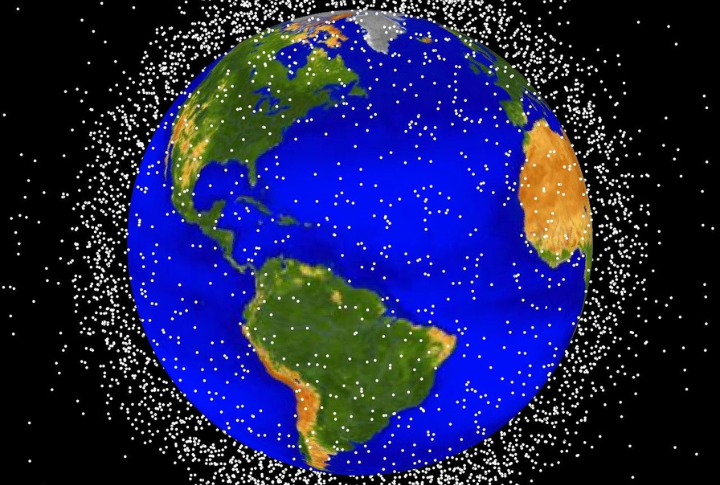
Space is filling up fast. What used to be a blank canvas for exploration now carries a growing risk that few expected. As technology races ahead, the leftovers of satellite launches are starting to bite back. Here’s what’s happening.
Rising Collision Risks In Crowded Orbits
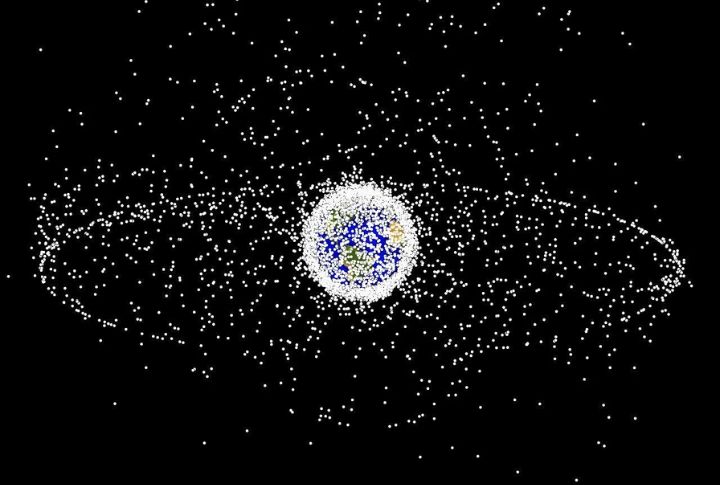
Launch rates skyrocketed after 2010, and now hundreds of thousands of debris pieces threaten satellites daily. Even paint flecks moving at 17,500 mph can destroy hardware. Operators track thousands of objects but can’t catch them all.
Impact On Satellite Lifespan And Reliability
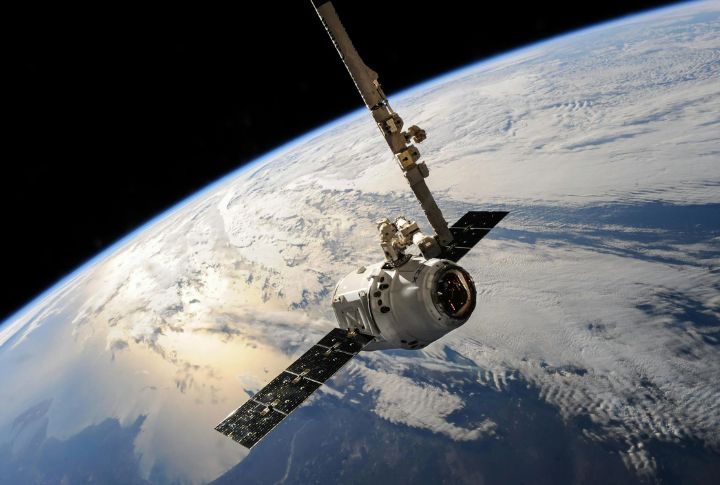
Satellites aren’t fragile, but repeated micro-impacts can start to degrade them. Control and communication systems face the risk of failure from debris strikes. Collisions reduce service life and increase maintenance costs. Just one hit can knock years off a satellite’s usefulness.
Economic Implications For Satellite Operators

Millions are spent annually on collision avoidance and risk assessment. A single evasive maneuver burns fuel and shortens mission duration. Insurance premiums climb with every new debris cloud. Space junk is an expensive problem and not just a technical one.
Threats To Future Space Missions
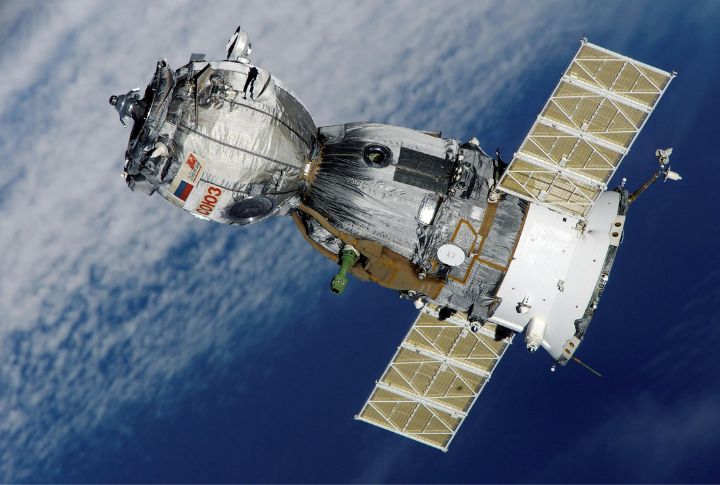
Planned missions—both robotic and human—depend on safe launch windows and orbital zones. Crowded orbits jeopardize that safety. In 2021, the ISS performed multiple emergency maneuvers to dodge debris. As orbital space becomes more congested, future exploration faces more risk.
Advancements In Debris Mitigation Technologies

Several companies are experimenting with satellite-catching nets and even debris-blasting lasers. While none have gone fully commercial, pilot programs from Japan and Switzerland show promise. These high-tech cleanup crews could become the sanitation engineers of space in the coming decades.
International Collaboration On Debris Policies
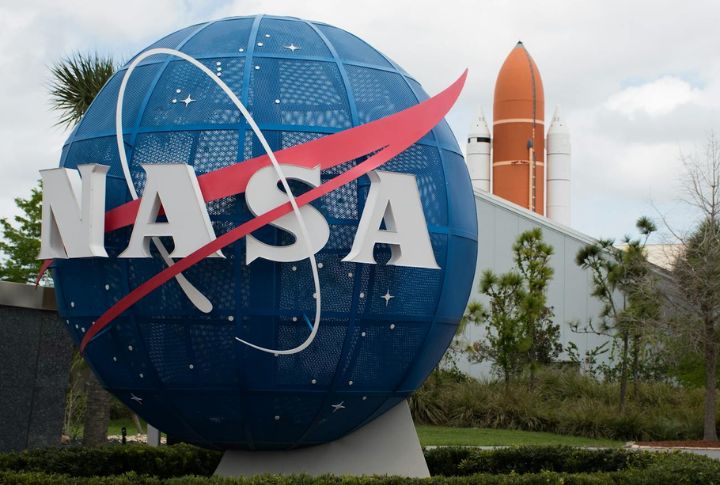
No country owns space, but everyone contributes to the mess. Agencies like ESA and NASA cooperate on data sharing and response protocols. Still, there’s no global law enforcing debris cleanup. Coordination matters—after all, debris crosses all borders.
Designing Satellites For End-Of-Life Disposal
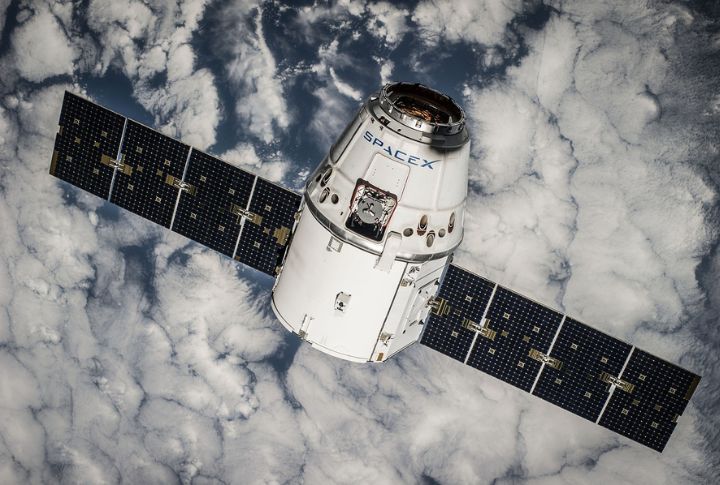
New guidelines push satellite designers to create deorbit mechanisms. Some satellites carry extra fuel to lower themselves into Earth’s atmosphere at the mission’s end. Others use drag sails to speed reentry. It’s essential to keep orbital lanes usable.
Role Of The Private Sector In Debris Management

Companies like Astroscale and ClearSpace are stepping up with commercial solutions for satellite servicing and debris removal. Unlike government agencies, private firms work on faster timelines. Their involvement marks a shift, and cleaning space may become a full-blown business model.
Impact On Earth Observation Capabilities
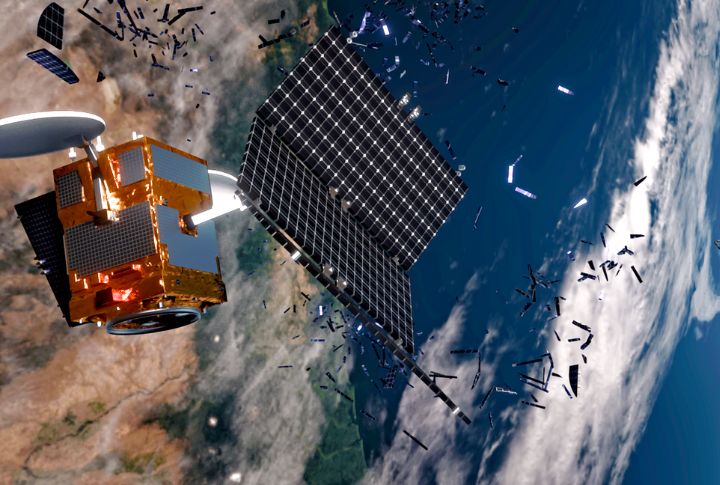
Climate tracking and natural disaster response rely on satellites. Debris threatens those systems daily. Even small collisions degrade image clarity and sensor accuracy. Losing one Earth observation satellite means gaps in data and less warning time for storms.
Potential For Orbital Zones Becoming Unusable

Worst-case scenarios suggest runaway collisions could render entire orbital bands inaccessible—a chain reaction known as the Kessler Syndrome. At that point, satellites can’t fly safely, and new launches get grounded. Humanity risks turning valuable orbital space into a high-speed graveyard.

